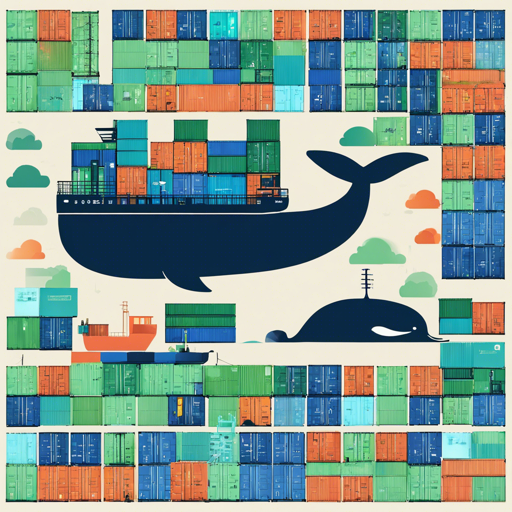In the ever-evolving world of software deployment, Docker Compose plays a pivotal role, especially for self-hosted Free Open Source Software (FOSS) and proprietary projects. This guide elucidates how to utilize Docker Compose effectively, peppered with examples and troubleshooting tips.
Requirements
Before diving into the world of Docker Compose, ensure you have the following prerequisites:
- Docker installed on your machine
- Docker Compose is available
Usage
Let’s simplify using Docker Compose by employing an analogy. Imagine a symphony orchestra. Each section is crucial for producing harmonious music: the strings, brass, woodwinds, and percussion. Similarly, Docker Compose allows you to manage various service containers (like the orchestra sections) and orchestrate them to work together seamlessly.
The specifics of using Docker Compose are as follows:
git clone https://github.com/Haxxnet/Compose-Examples
cd Compose-Examples
cd container-of-interest
docker compose up
When you run the command, Docker Compose reads the configuration and starts the appropriate containers, enabling them to communicate. Just like a conductor signaling each section to play at the right moment, Docker Compose ensures each service operates at the right time.
Configuring Your Environment
Customization is key! The volume bind mounts typically reside at: /mnt/docker-volumes/container-name. You can adjust this through the global environment variable DOCKER_VOLUME_STORAGE. Beware of permissions (generally set as 1000:1000) and ensure that your Docker networks are defined based on your project’s needs.
Crucially, adjust example credentials for security. Use a .env file or a secrets management platform to safeguard sensitive data.
Project List Overview
Now, let’s embark on a quick tour of what Docker Compose can achieve. Here’s a snapshot of some interesting project categories you can explore:
- Analytics
- Archiving and Digital Preservation
- Asset Management
- Audio and Video Management
- Automation and Monitoring
- Backups
- Blogging Platforms and Homepages
- Identity Management – Single Sign-On (SSO) & LDAP
- Large Language Models & AI
Troubleshooting Tips
In your Docker journey, you might encounter some bumps along the road. Here are a few troubleshooting ideas:
- Ensure Docker and Docker Compose are installed and updated.
- Check your
docker-compose.ymlfile for syntax errors. - Review network settings to ensure proper communication between services.
- Ensure volume paths and permissions are correctly configured.
- If facing environment variable issues, validate that they are set properly.
For more insights, updates, or to collaborate on AI development projects, stay connected with fxis.ai.
Conclusion
At fxis.ai, we believe that such advancements are crucial for the future of AI, as they enable more comprehensive and effective solutions. Our team is continually exploring new methodologies to push the envelope in artificial intelligence, ensuring that our clients benefit from the latest technological innovations.
With Docker Compose, you can easily manage multi-container applications with ease. It’s like having your conductor, ensuring that every musician plays in harmony for a beautiful symphony.

